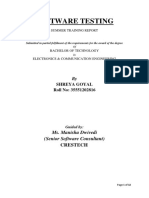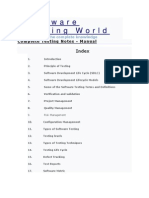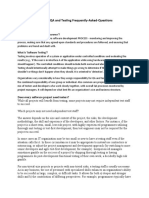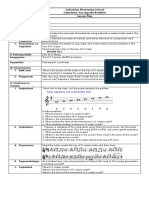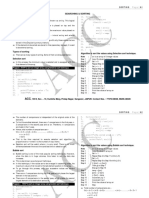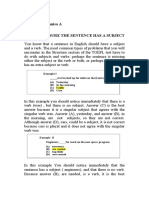0% found this document useful (0 votes)
7 views11 pagesB5-1. Basic of Software Testing
Software is a collection of programs that instruct a computer on how to perform tasks, while software testing is the process of verifying that software meets specified requirements and is free of defects. Testing is essential for ensuring software quality, reliability, and performance before deployment, and can be conducted manually or through automation. The document also outlines the roles involved in software development, the principles of software testing, and common issues faced in the software development process.
Uploaded by
bhorsagar753Copyright
© © All Rights Reserved
We take content rights seriously. If you suspect this is your content, claim it here.
Available Formats
Download as PDF, TXT or read online on Scribd
0% found this document useful (0 votes)
7 views11 pagesB5-1. Basic of Software Testing
Software is a collection of programs that instruct a computer on how to perform tasks, while software testing is the process of verifying that software meets specified requirements and is free of defects. Testing is essential for ensuring software quality, reliability, and performance before deployment, and can be conducted manually or through automation. The document also outlines the roles involved in software development, the principles of software testing, and common issues faced in the software development process.
Uploaded by
bhorsagar753Copyright
© © All Rights Reserved
We take content rights seriously. If you suspect this is your content, claim it here.
Available Formats
Download as PDF, TXT or read online on Scribd
/ 11

